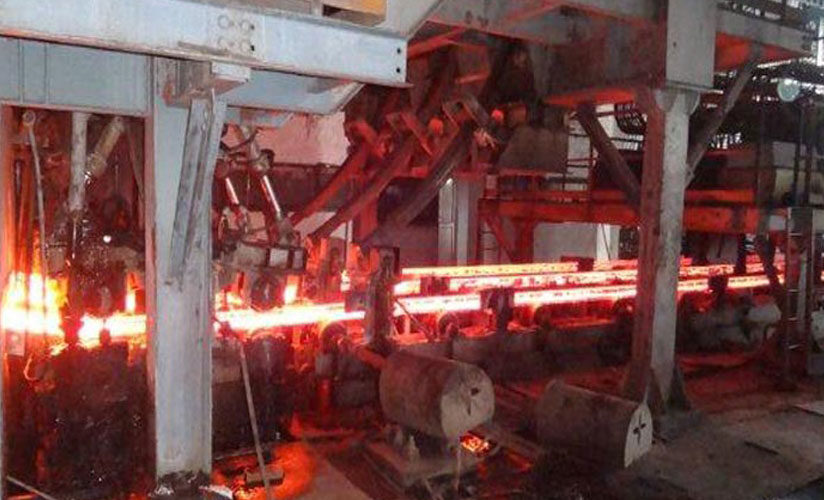Continuous casting is a process that involves the production of metal products in a continuous manner, without the need for individual casting molds for each product. This method offers several advantages over traditional casting methods.
One of the main benefits of continuous casting is the ability to produce long, continuous lengths of metal products, such as steel bars or rods. These lengths can later be cut to the desired length, eliminating the need for joining multiple shorter pieces together. This results in a more efficient and cost-effective manufacturing process.
In addition, continuous casting ensures the production of products with consistent quality and improved mechanical properties. The controlled solidification process guarantees a uniform microstructure, enhancing the strength and durability of the metal. Moreover, this process reduces the occurrence of defects like porosity or segregation, which can compromise the integrity of the final product.
Continuous casting also offers flexibility in terms of product customization. By adjusting the parameters of the continuous casting machine, manufacturers can produce metal products with different shapes, sizes, and compositions. This versatility allows for the production of a wide range of products to meet various industry requirements.
Overall, continuous casting has revolutionized the metal manufacturing industry by providing a more efficient, cost-effective, and versatile method for producing high-quality metal products. Its widespread adoption has significantly improved the productivity and profitability of metal manufacturers around the world.
Continuous casting machines are highly complex pieces of equipment that consist of a multitude of essential components. Among the most crucial elements are the tundish, mold, secondary cooling zone, and withdrawal system. The tundish acts as a reservoir for the molten metal, allowing it to flow seamlessly into the mold, where it undergoes solidification. As the metal progresses through the machine, the secondary cooling zone plays a vital role in further enhancing the cooling and solidification process. Finally, the withdrawal system comes into action, skillfully extracting the fully solidified product from the machine. It is the harmonious collaboration of these various components that facilitates the seamless and efficient operation of the continuous casting process.
The operating procedures of a continuous casting machine involve several important steps that ensure the efficient and precise production of high-quality metal products. Firstly, the mold is meticulously prepared and preheated to create the ideal conditions for casting. This step is crucial in order to prevent any defects or imperfections in the final product.
Once the mold is ready, the molten metal is carefully poured into it. The intense heat causes the metal to liquefy and flow smoothly into the mold, taking the shape of the desired product. As the molten metal passes through the cooling zone, it gradually solidifies and takes on its final form.
After the metal has solidified, the cast strand is cut into the desired lengths. This process requires precision and accuracy to ensure that each piece is cut to the exact specifications. Once the cutting is complete, the individual pieces are carefully removed from the machine, ready for further processing or distribution. Once the casting cycle is complete, it is essential to clean and prepare the machine for the next casting operation. This involves removing any remaining residue or debris from the previous cycle and ensuring that all components are in optimal condition. Regular maintenance and cleaning are vital to ensure the smooth and uninterrupted operation of the CCM.






One thought on “CCM”